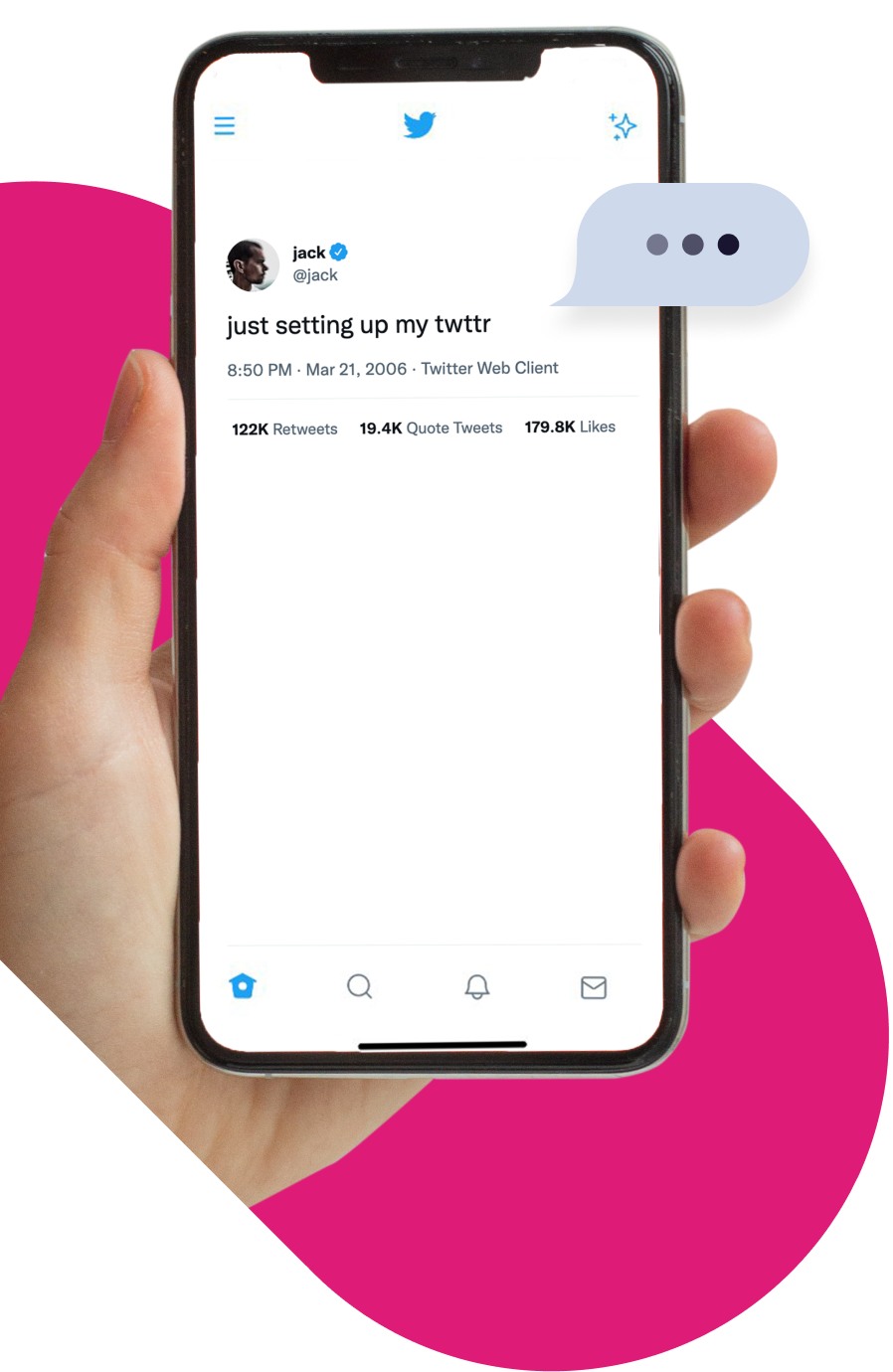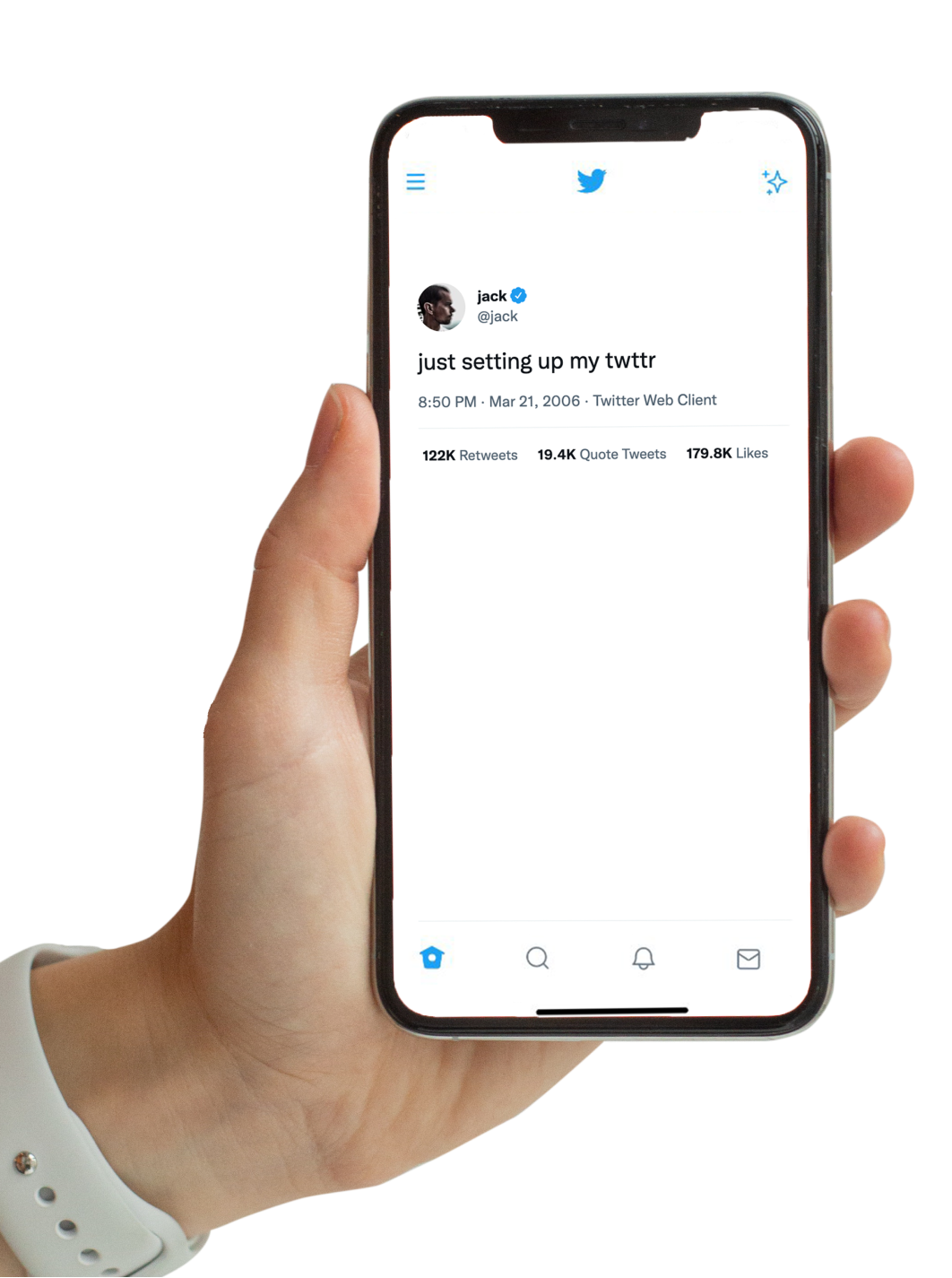
The world wide ebb
Has social media, and the internet as a whole, reached a tipping point?

SCROLL FOR MORE





SCROLL FOR MORE



If you were lucky enough to access the first ever website on August 6th, 1991, then you - for one brief moment - had officially seen everything on the internet. It wasn't much to look at. The same can be said for the first YouTube video, the first livestream, or the first Tweet.
Nevertheless, there was a sense of intrigue and wonder back then. The internet was a Wild West; an unregulated landscape teeming with limitless opportunity.





Bo Burnham: Inside
(Netflix, 2021)
Let’s be clear, the internet isn’t going anywhere. 5 billion people use it and that number is going to keep growing. The way we use and even feel about it, however, has changed. It’s become less functional, with fewer using it to browse and search for information. Time online has hit a ceiling; be that on social media or the internet in general, a potential side-effect of growing distrust in the things we see online.
This will affect everybody. As heads turn to the metaverse, and social media platforms adjust to a post-TikTok world, our data gives us an idea of what to expect – and potentially what to do about it.
Unlock the full digital experience and receive a good ol’ fashioned PDF, too.





Countries and sources can vary, but most adults are awake for around 15 hours a day. In that time, they average 6 hours and 43 minutes online through mobile, PC, laptop, or tablets.
In a nutshell, that means almost half of time spent awake is spent online.
For a period, time spent online grew rapidly, soaring 41 minutes between 2013 and 2017. Then something changed, slipping between 2018 and 2019. And though it picked up again throughout the pandemic, this proved to be short-lived.



While more people spent more time online during Covid, the daily average is now almost on par with pre-pandemic figures. It’s a potential sign that we’ve reached a kind of internet saturation point, but to get a better sense of this in action, you need to look at the situation worldwide.
Even in internet growth markets, time spent isn’t increasing as it used to. In the Middle East & Africa, and Latin America, average daily time spent online has fallen by 20 minutes and 34 minutes respectively since 2021 – and this remains the case among younger audiences too.
Covid, obviously, has a part to play in this; people have less free time now, and fewer are using the internet day-to-day than they did in lockdown. But some post-Covid activities have thrived, like online gaming.
The bottom line is, the kind of bread-and-butter activity we associate with “going online” has plateaued. And at the same time, behaviors that have been foundational to the internet since its creation are changing before our eyes.